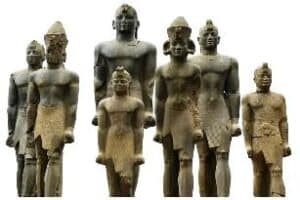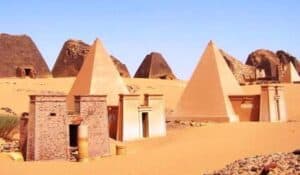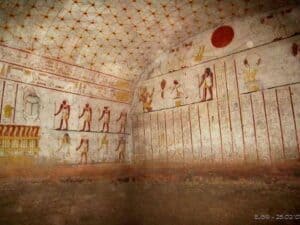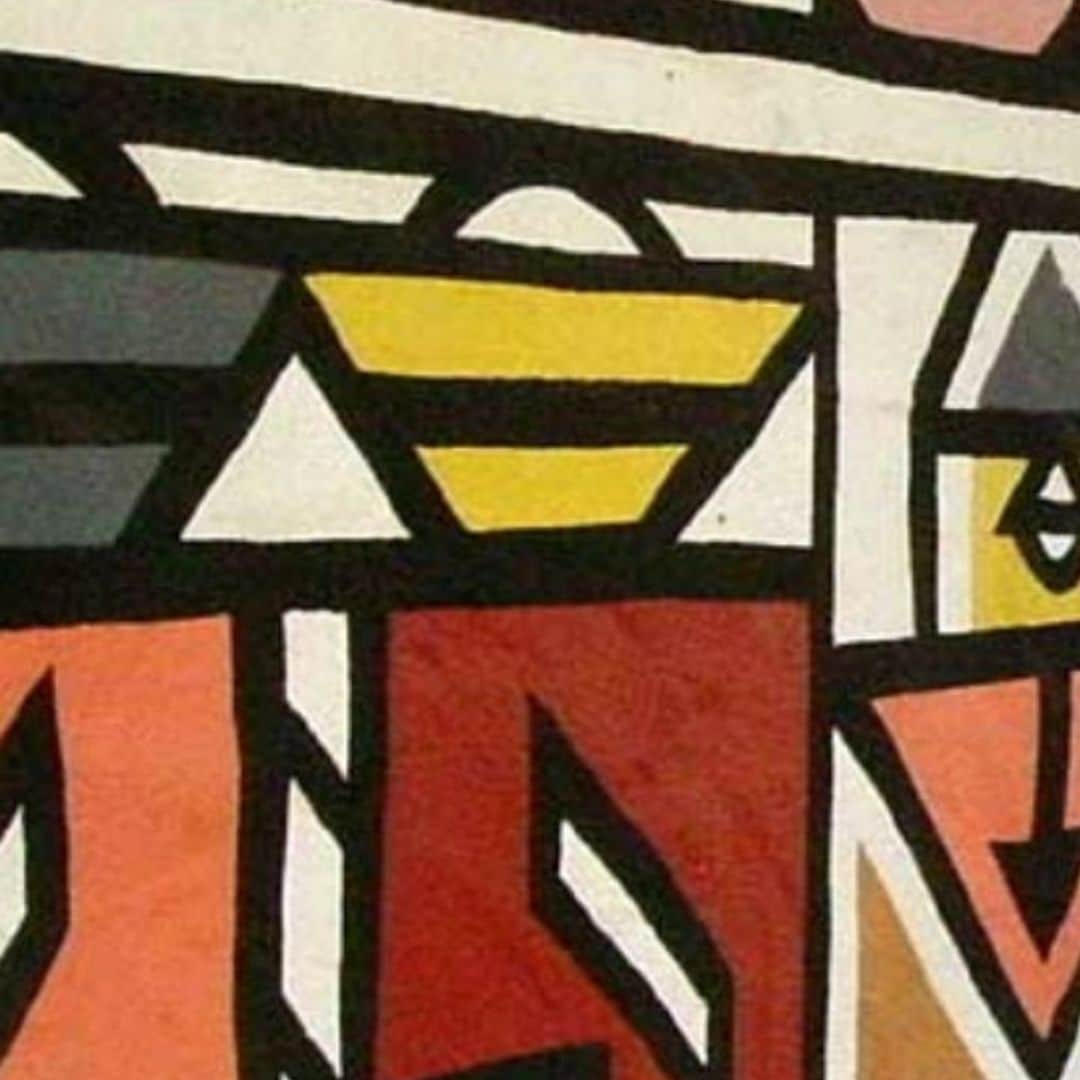The city of Kerma
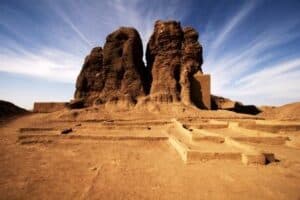
The Deffufa Temple in the city of Kerma, Kingdom of Kush , 3,000 B.C.E., Sudan
Kerma’s architecture shows a fortified town, socially stratified and of great dimensions–with about 10,000 inhabitants, around 2500 BCE.
A 10 metre high imposing wall surrounds the city, encircling adobe constructions of round and rectangular houses with yards and gardens varying in size according to the social position of their owners.
Another indicator of status was their distance from the town center where the main monuments and graveyards were located.
The most important building was the Deffufa, a circular construction with a conical ceiling of unknown function, although probably of political or religious importance.
The richness of Kerma and its strategic location led to war with Egypt. A war from which Egypt came out victorious around 1500 BCE.
However, farther south, Kush culture survived and continued to resist from Napata and Meroe.
One of humanity’s first ‘holy wars’
Gradually, Egyptians took their culture and their gods to Kerma.
In a few centuries the assimilated population had incorporated and accepted Egyptian spirituality, centering religious life around pilgrimages to the Temple of Amu in the Jebel Barkal mountain, the Egyptian southern border.
Nubians even came to believe they were better faithful than the Egyptians themselves.
To the point when Nubian king Piye invaded Egypt to the north, taking power in 750 BCE in what we can consider one of humanity’s first ‘holy wars’.
The 25th dynasty had started, or as some historians call it, the era of black Pharaohs.
